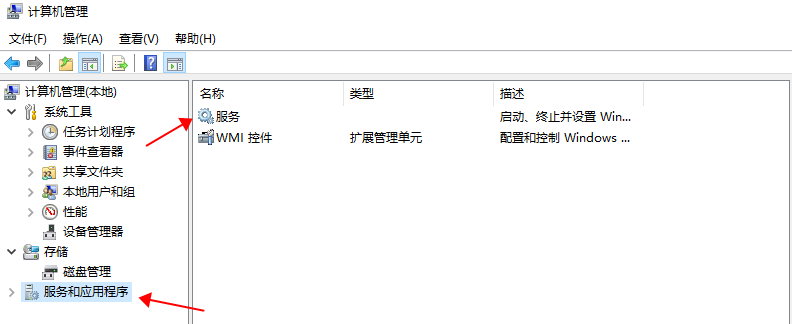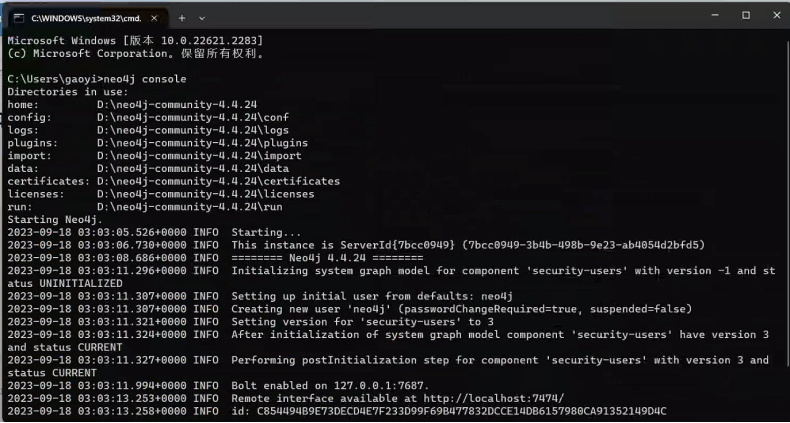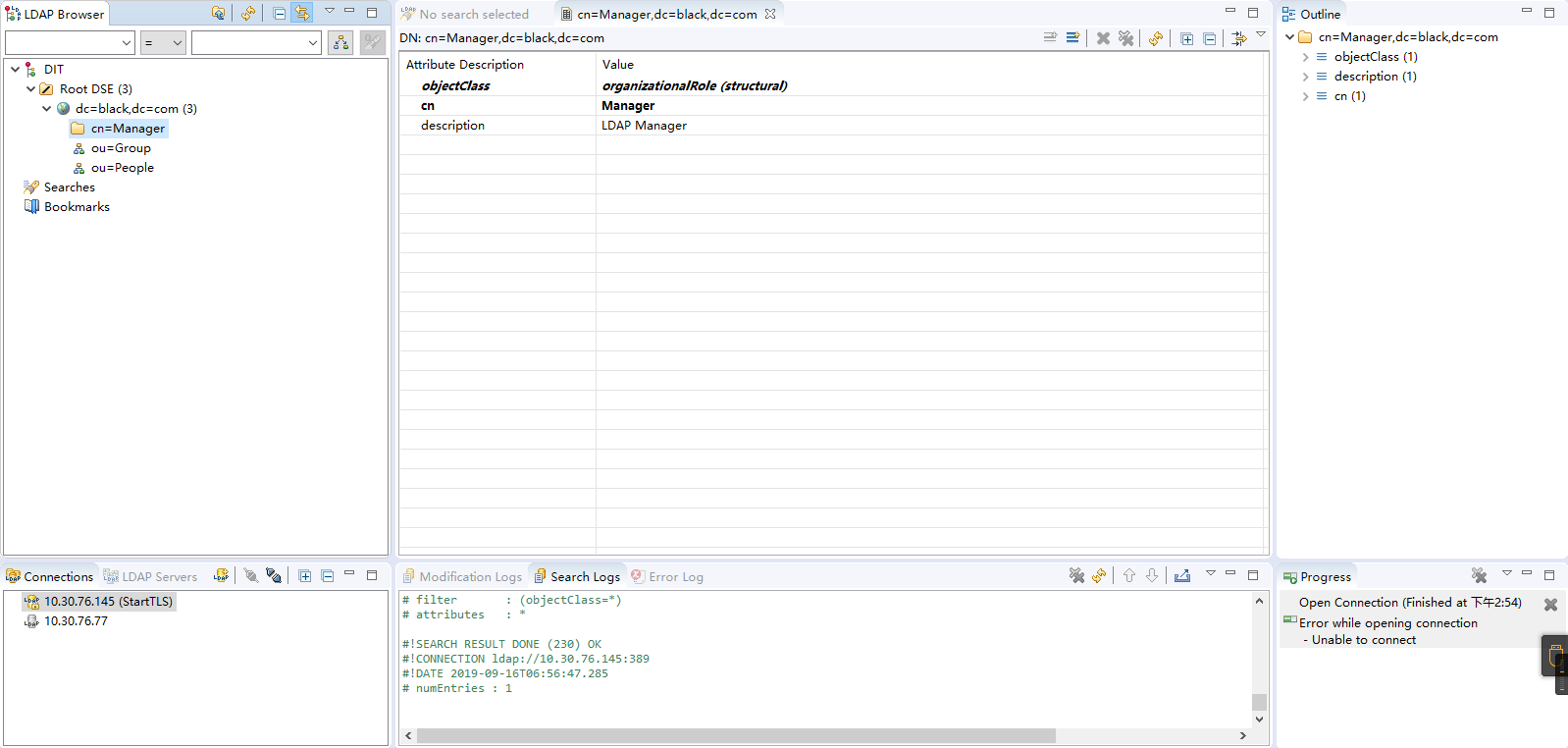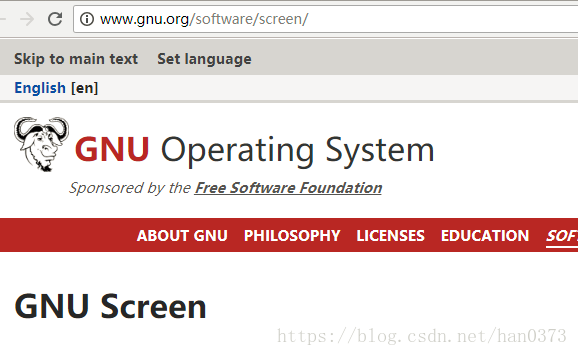Oracle基础学习之子查询
首先使用子查询的时候注意事项包括,子查询可以嵌套多层和子查询需要圆括号()括起来,下面我们来看看详细的介绍。
基础介绍
1,wherer:子查询一般会返回单行单列 单行多列 多行单列 ;
2,having:子查询会返回单行单列,同时表示要使用统计函数;
3,from:子查询返回多行多列数据(表结构);
4,select:返回单行单列 (一般不使用);
示例详解
where(进行数据行的筛选操作):
a:查询出低于公司平均工资的雇员信息。
select * from emp where sal<(select avg(sal) from emp);
以上的查询返回单行单列可以作为where子句的过滤条件使用;
b:查询公司最早雇佣的雇员的信息。
select * from emp where hiredate= (select MIN(hiredate) from emp);
C:查询与scott从事同一工作并且工资相同的雇员信息。
select* from emp
where (job,sal) =( select job,sal
from emp
where ename =’scott’) and ename <>’scott’;
in:指的是与子查询返回的内容相同。
select * from emp where sal in (select sal from emp where job = ‘manager’);
not in:
select* from emp where sal not in(select sal from emp where job=’manager’);
子查询中不能有空。
any:
select* from emp where sal = any(select sal from emp where job=’manager’);
select* from emp where sal > any(select sal from emp where job=’manager’);
比子查询的返回的最大值要大
select* from emp where sal < any(select sal from emp where job=’manager’);
比子查询返回的最大值要小
all:
<all :比子查询的返回的最小值要小
all :比子查询的返回的最大值要大
where子查询的几率很高;
having:
查询出高于公司平均工资的职位名称 职位人数 平均工资。
select job,count(empno),avg(sal) from emp group by job
having avg(sal)>(select avg(sal) from emp);
select(一般不用):
查询每个雇员的编号姓名 职位 部门名称。
select e.empno,e.ename,e.job,
(select d.dname from dept d whered.deptno=e.deptno)from emp e;
(1+n) 次查询;
from(重点):
查询出每个部门的名称 位置 部门人数。
select d.dname,d.loc,count(e.empno)
from emp e,dept d
where e.deptno(+)=d.deptno
group by d.dname,d.loc;
(多表查询)
分步1: select d.deptno,d.dname,d.locfrom dept d;
分步2:select deptno,count(empno)from emp group by deptno;
正确的查询:
select d.deptno,d.dname,d.loc,temp.count
from dept d,(select deptno,count(empno) count from emp
group by deptno) temp
where d.deptno=temp.deptno(+);
多表查询和子查询都能实现统计,那么那种方式更好呢?
答:在实际的工作当中,子查询的主要目地是解决多表查询的性能问题,所以在开发中使用的是 最多的。最大作用是解决多表查询带来的笛卡尔积影响性能的问题。
复杂查询= 简单查询+限定查询+ 多表查询+ 分组统计查询 +子查询;
总结
本篇文章到此结束,如果您有相关技术方面疑问可以联系我们技术人员远程解决,感谢大家支持本站!






